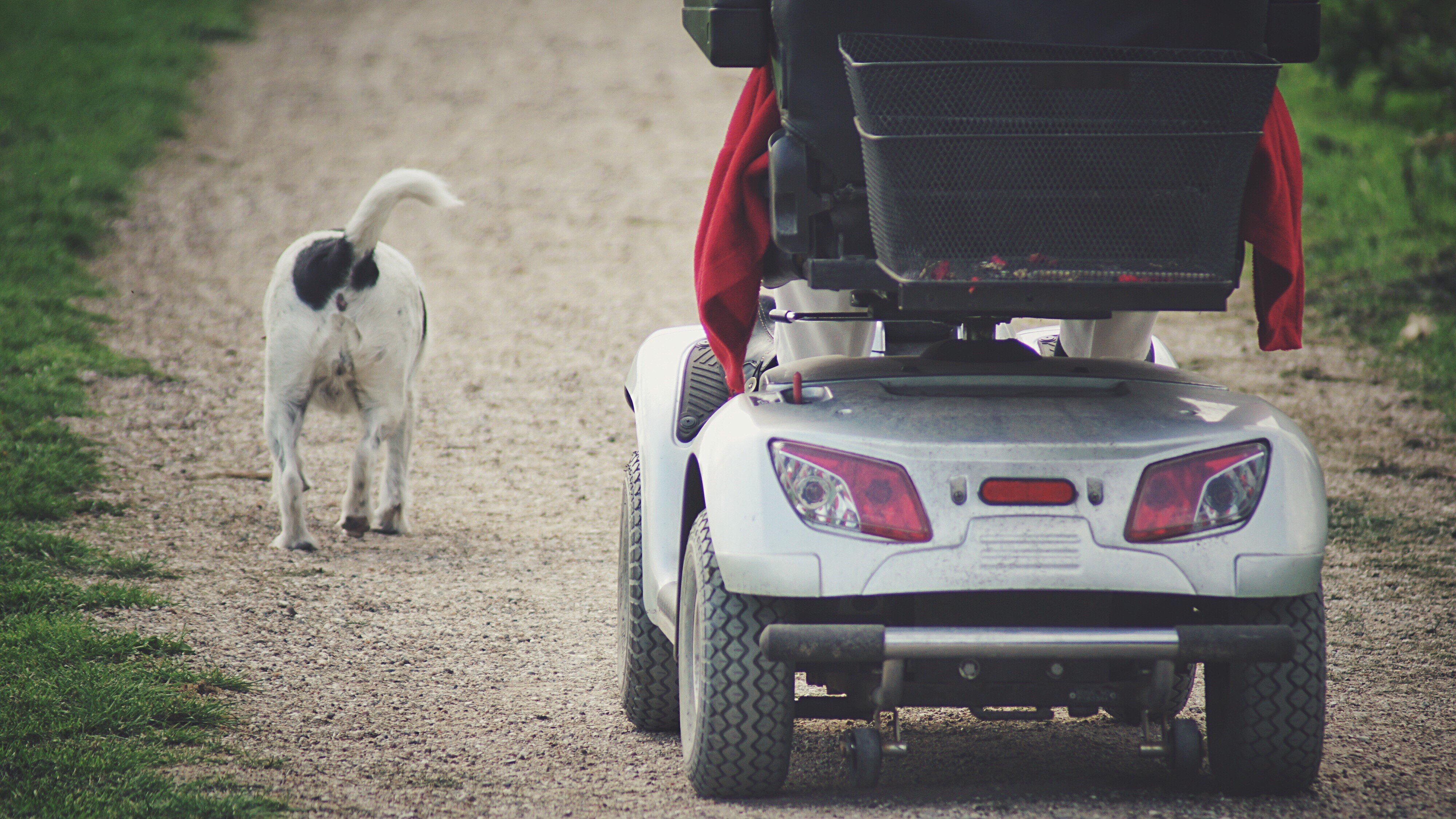How The 10 Most Disastrous Mobility Scooter-Related FAILS Of All Time Could Have Been Prevented
Mobility Scooters: A Comprehensive Guide
Mobility scooters have actually become a necessary mode of transportation for lots of individuals dealing with mobility difficulties. This short article explores the different facets of mobility scooters, including their types, benefits, features, and a guide for potential purchasers.
Comprehending Mobility Scooters
Mobility scooters are electrically powered devices designed for people with restricted mobility. They supply a means of transportation for individuals who might have problem walking but still desire to maintain their self-reliance. They are available in different designs and features to cater to a vast array of needs.
Kinds Of Mobility Scooters
Mobility scooters can usually be categorized into 3 main types:
Type
Description
Best For
Compact Scooters
These are small and lightweight, perfect for inside and short journeys.
Users with limited storage space or those who take a trip typically.
Mid-size Scooters
A balance in between portability and stability, ideal for both indoor and outdoor usage.
Those who require to cover a variety of terrains.
Durable Scooters
Large and robust, created for rugged outside use and much heavier individuals.
Users requiring additional weight capability or going off-road.
Secret Features of Mobility Scooters
The choice of mobility scooter often depends upon the functions that align with private needs. Here are a few of the key features to consider:
Weight Capacity: Mobility scooters feature different weight limits. It is vital to select a scooter that can effectively support the user's weight.
Variety: The distance a scooter can travel on a single charge varies. Depending on linked internet page , one might select scooters with a variety of as much as 40 miles.
Speed: Most mobility scooters can reach speeds in between 4 to 8 miles per hour. Consider what speed is comfy and safe for the intended environment.
Turning Radius: A compact turning radius is vital for indoor use, allowing for simpler navigation in tight spaces.
Battery Type: The type of batteries utilized can impact the scooter's performance. Lead-acid and lithium-ion batteries are the most typical.
Benefits of Using Mobility Scooters
The advantages of mobility scooters extend beyond just transportation. Some essential advantages include:
Independence: Users can navigate their environment without relying on caretakers, promoting independence and self-esteem.
Health Benefits: Using a scooter can motivate outside activity, resulting in physical and mental health enhancements by decreasing sensations of isolation.
Convenience: Scooters can quickly be operated in numerous environments, whether inside, in shopping malls, or outdoors.
Essential Considerations When Buying a Mobility Scooter
When purchasing a mobility scooter, numerous considerations can help make sure that you select the right design:
Assess Individual Needs:
- Mobility level: Consider just how much assistance the individual will require.
- Series of use: Determine where the scooter will primarily be utilized (inside your home, outdoors, on rough terrains, and so on).
Test Drive:
- Always test drive several models to discover an ideal fit. Pay attention to convenience, ease of steering, and the scooter's responsiveness.
Review Safety Features:
- Look for scooters with appropriate safety functions like lights, signs, and anti-tip designs.
Examine Warranty and Service Options:
- A trusted service warranty and readily available service alternatives are important for long-term use.
Frequently Asked Questions about Mobility Scooters
**1. How quickly do mobility scooters go?Mobility scooters generally have speeds varying from 4 to 8 mph, with the majority of designed for safety instead of high-speed travel. 2. Exist weight constraints on mobility scooters?Yes, mobility
scooters include specific weight limitations, typically varying from
250 pounds to over 500 pounds, depending on the design. 3. Can mobility scooters be used indoors?Certain models, especially compact scooters, are specifically created for
**indoor use and are easier to navigate in tight spaces. 4. How frequently do the batteries need to be replaced?Battery life can vary based on usage, however normally, with correct care, batteries may last in between 1 to 3 years before needing replacement
**. 5. Are mobility scooters covered by insurance?Coverage can vary, however some insurance coverage plans, consisting of Medicare and Medicaid, may cover part of the cost. It's advised to check with private insurance providers. Mobility scooters function as a
valuable tool for many individuals, allowing them to keep
their freedom and independence. By understanding the various types and functions of mobility scooters, individuals can make educated decisions customized to their specific needs.
Whether used for errands, socializing, or leisurely activities, mobility scooters can improve the lifestyle for those with mobility restrictions. Buying a mobility scooter is a choice that can significantly affect a person's every day life. For that reason, individuals should carefully examine their alternatives and select a design that best lines up with their way of life and mobility requirements
.  ******
******